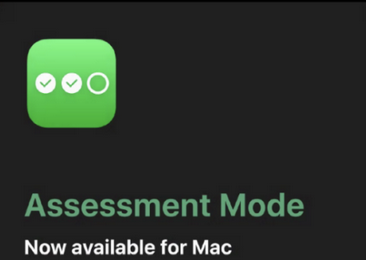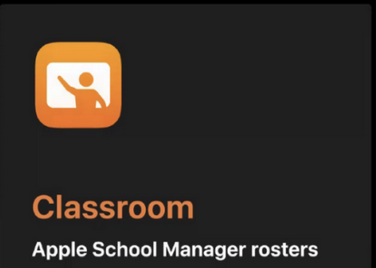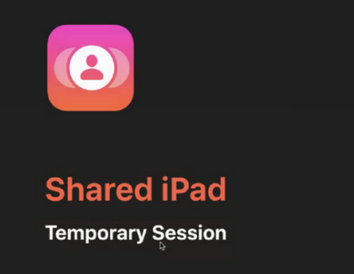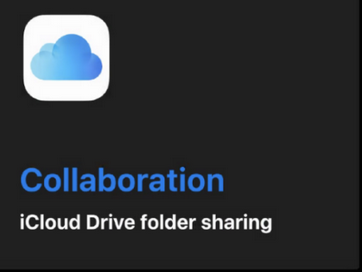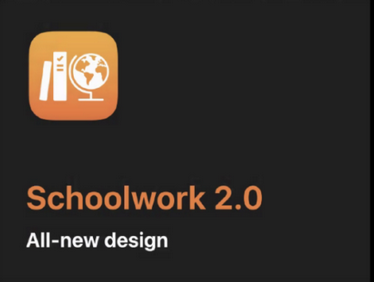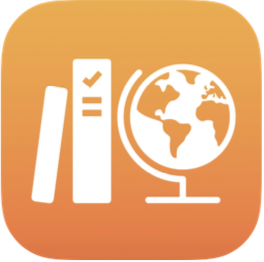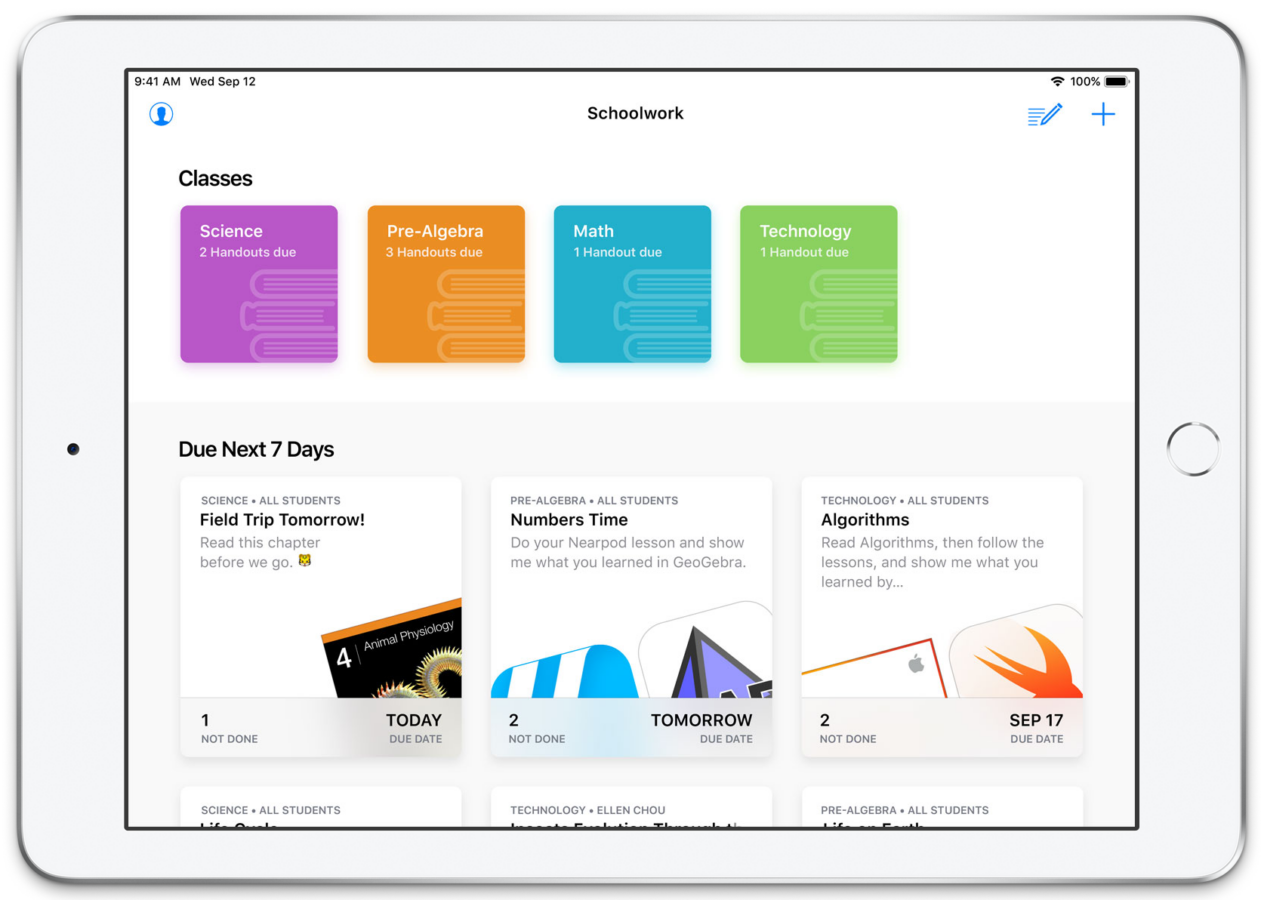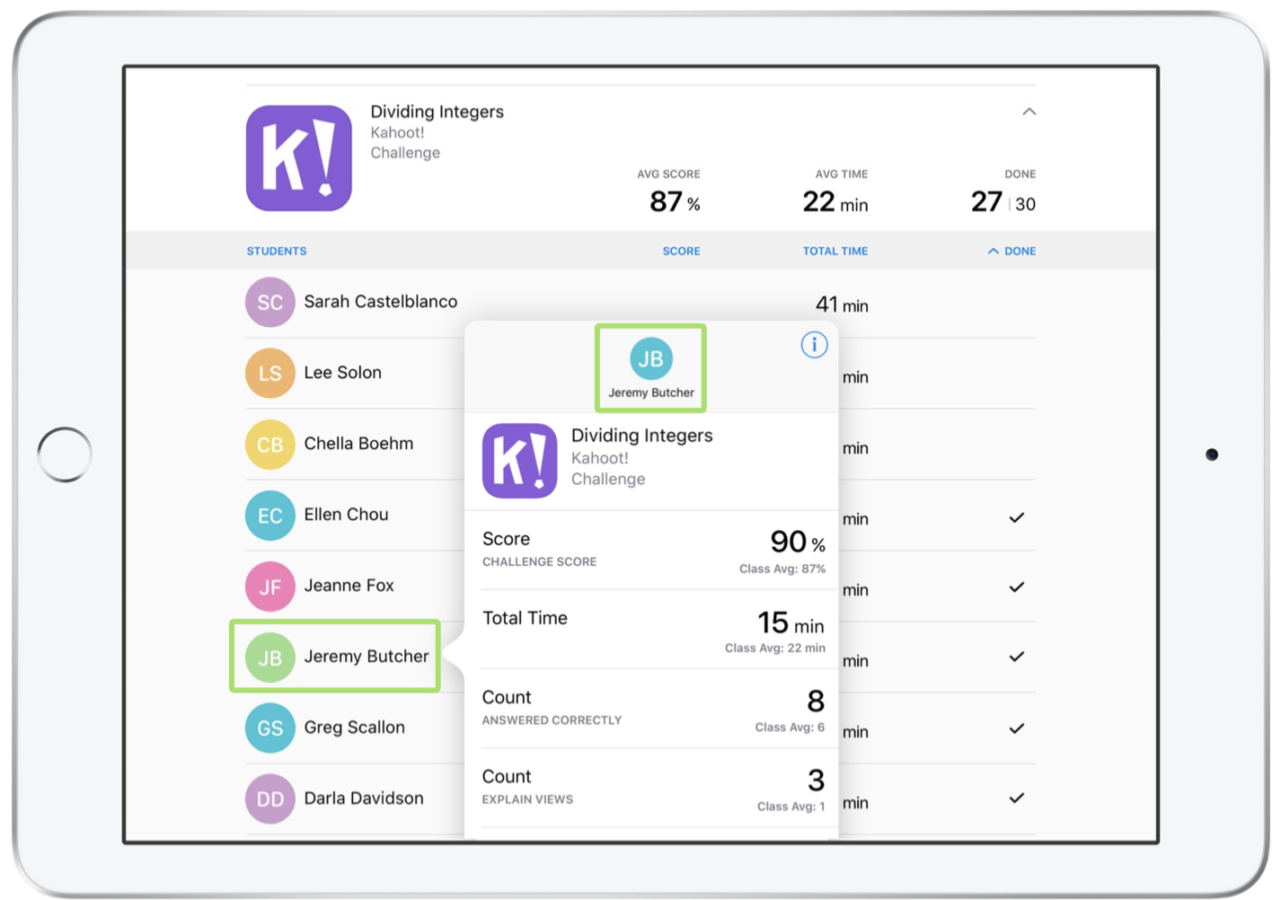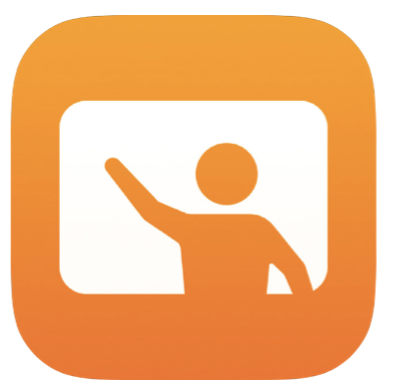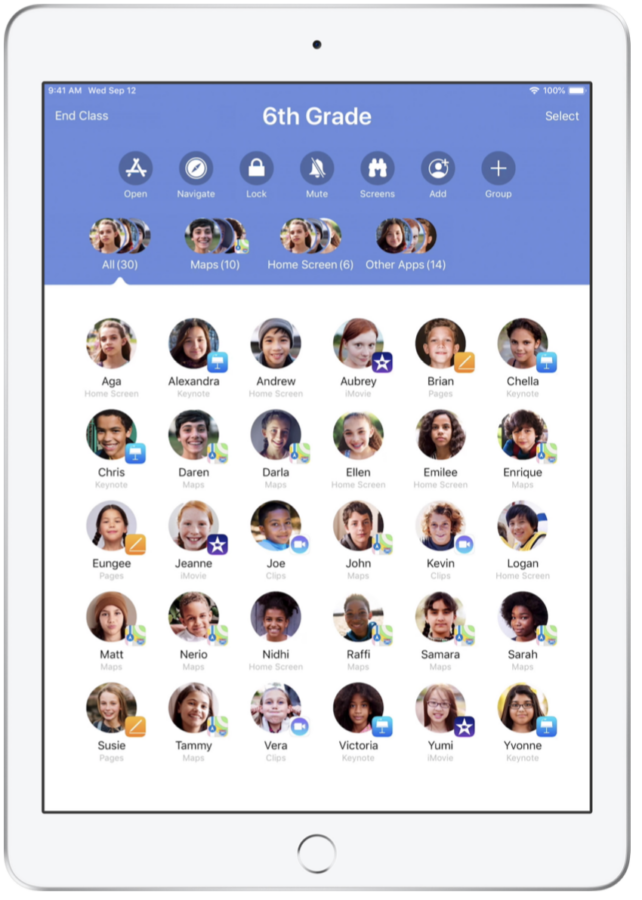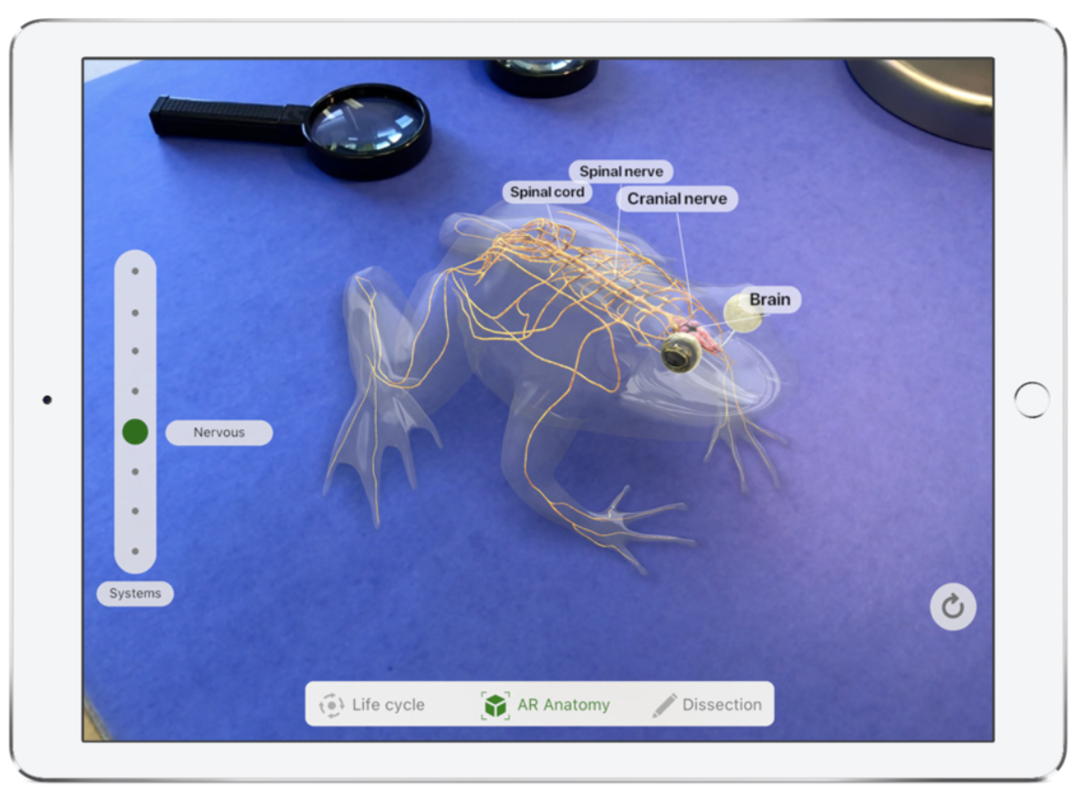K-12 Education Market Faces New Requirements
The latest CDC guidelines highlight the major challenges administrators and educators have for reopening schools. The general principle - the more interactions, the longer interactions, the higher the risk of #COVID-19 spread.
The CDC states that the risk of COVID-19 spread increases in school settings as follows:
Lowest Risk: Students and teachers engage in virtual-only classes, activities, and events.
More Risk: Small, in-person classes, activities, and events. Groups of students stay together and with the same teacher throughout/across school days and groups do not mix. Students remain at least 6 feet apart and do not share objects (e.g., hybrid virtual and in-person class structures, or staggered/rotated scheduling to accommodate smaller class sizes).
Highest Risk: Full sized, in-person classes, activities, and events. Students are not spaced apart, share classroom materials or supplies, and mix between classes and activities.
 R "Ray" Wang
R "Ray" Wang R "Ray" Wang
R "Ray" Wang

